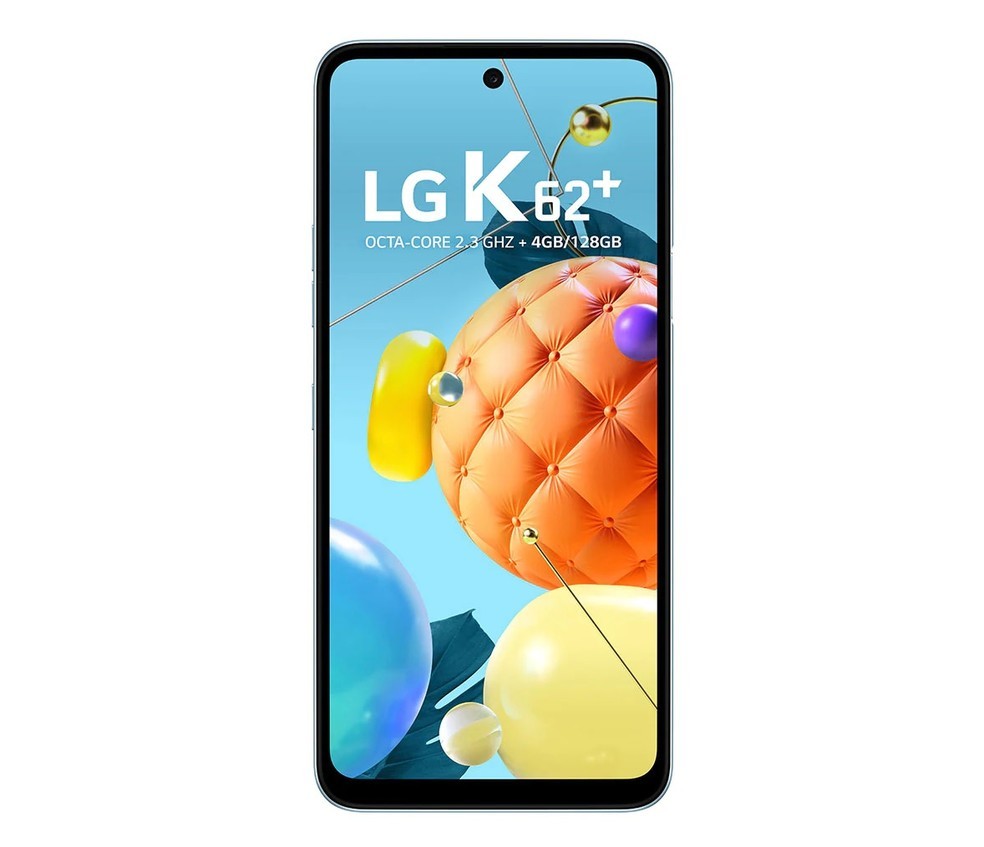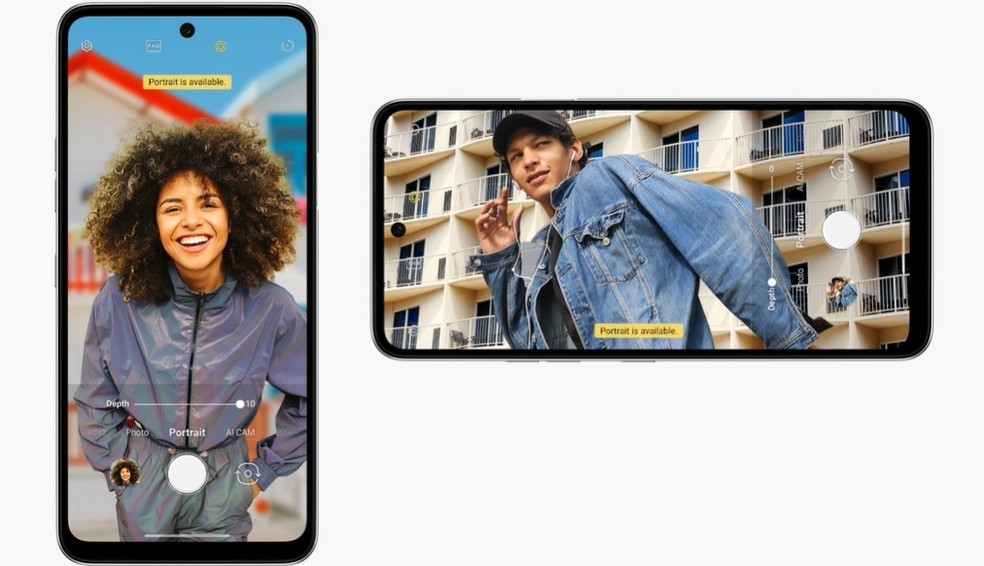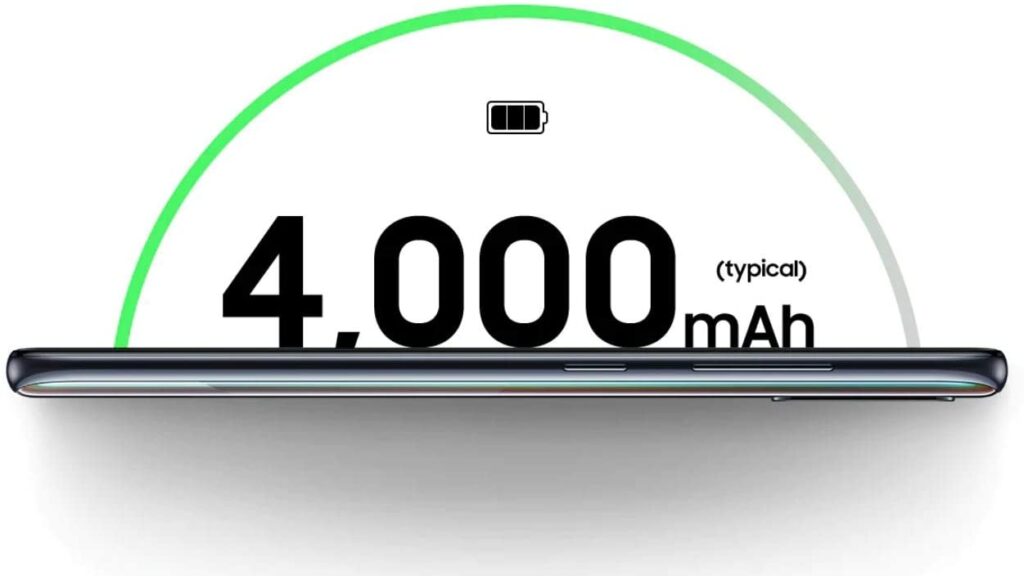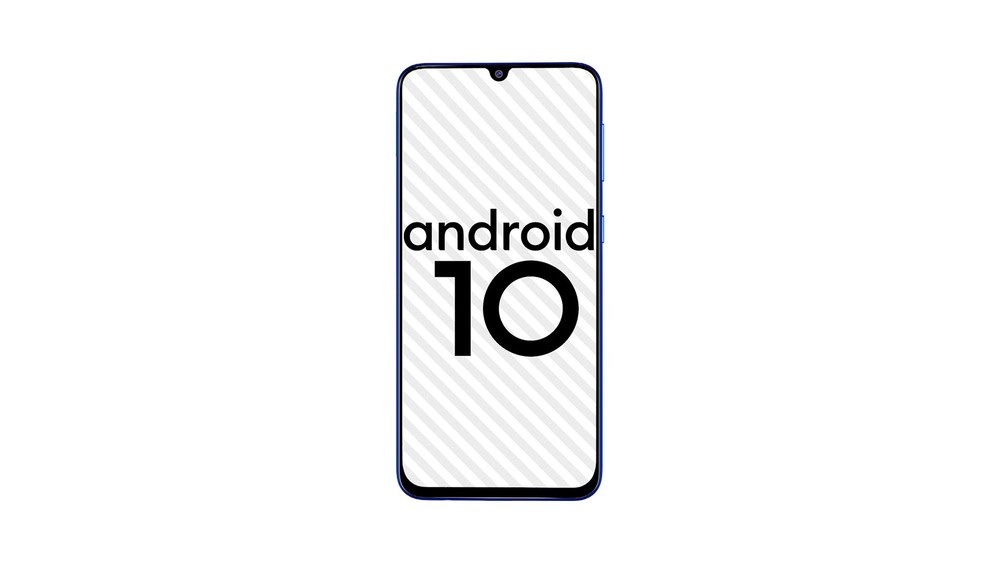Note 8 vs LG K62 Plus review
Redmi Note 8 and LG K62 Plus are Xiaomi and LG midrange phones that highlight similitudes, for example, a fourfold camera of up to 48 MP and 128 GB stockpiling. Notwithstanding, the telephones have contrasts in the specialized determinations in highlights, for example, processor and screen. Check under an examination of the gadgets' qualities.
Redmi Note 8 vs LG K62 Plus
| Specification | Redmi Note 8 | LG K62 Plus |
|---|---|---|
| Launch | November 2019 | October 2020 |
| Current price | from $214 | $305 |
| Screen | 6.3 inches | 6.6 inches |
| Screen resolution | Full HD + (2340 x 1080 pixels) | HD + (1600 x 720 pixels) |
| Screen panel | LCD | TFT LCD |
| Processor | Snapdragon 665 (octa-core up to 2 GHz) | MediaTek Helio P35 (octa-core up to 2.3 GHz) |
| RAM | 4 GB | 4 GB |
| Storage | 64 GB / 128 GB | 128 GB |
| Memory card | MicroSD up to 256 GB | MicroSD up to 2 TB |
| Main camera | Quadruple Camera: 48, 8, 2 and 2 MP | Quadruple Camera: 48, 5, 2 and 2 MP |
| Front camera (selfie) | 13 MP | 28 MP |
| Operating system | Android 9 (Pie) | Android 10 |
| Battery | 4,000 mAh | 4,000 mAh |
| Telephony | Dual SIM (nano SIM) | Dual SIM (nano SIM) |
| Dimensions and weight | 158.3 x 75.3 x 8.4 mm; 190g | 165 x 76.7 x 8.4 mm; 186 g |
| Colors | Blue, white and black | white and sky blue |
Screen and Design
In terms of screen quality, Redmi Note 8 should have an advantage. Xiaomi’s Smartphone comes with a 6.3″ panel, Full HD+ resolution (2340 x 1080), 409 PPI density, and LCD technology, ideal for displaying moving images. Also, the smartphone has Tuv Rheinland Eye Confort certification, which ensures low emission of blue light. It also features Gorilla Glass 5 protection against falls and scratches.
The 6.6-inch screen of the LG K62 Plus also has LCD technology but has HD+ resolution (1600 x 720 pixels). The device has a density well below 226 PPI, which can make images less sharp. Although it does not come with protection against dust and water, the model has military certification in the MIL-STD 810G standard, approved by the U.S. Army, which promises to provide greater protection against impacts and extreme temperature variations.
In the design, the Redmi Note 8 has a glass back, with thin edges, an elongated body, and a drop-shape notch. An important difference is that the device has a function that uses low-frequency sonic pulses to get rid of dust that accumulates in the speaker. Even with the technology, Techidence tested the cell phone and found that the speaker is only mono, too low until it is at its maximum.
The LG K62 Plus has the design highlighted by the camera inside the screen and a modest finish, with plastic construction. Both devices have nano-SIM input.
Camera

Both phones have quadruple-camera. In LG K62 Plus, the main camera is 48 MP and f/1.8 aperture, which may result in better recording at night or in dimly lit environments. According to LG, the mobile phone uses artificial intelligence to improve photos according to the scenario. The other cameras are an ultra-wide 5 MP and f/2.2 aperture, a 2 MP macro lens, and f/2.4 aperture, which helps blur the photos, and a depth and f/2.4 aperture sensor. The selfie camera is 28 MP.
Redmi Note 8 also has a 48 MP main sensor and f/1.8 aperture, plus an ultra-wide 8 MP camera and f/2.2 aperture, a 2 MP macro lens, and f/2.4 aperture, for shooting close objects, and a telephoto lens of 2 MP and f/2.4 aperture. The front camera is 13 MP. According to tests made by Techidence, the rear camera set of the device gathers characteristics worthy of high-end phones in a midrange device but leaves a little to be desired in low-light environments, even with the night mode. The front camera produces sharp selfies and allows beautification control.
Performance and storage

The LG K62 Plus comes with the MediaTek Helio P35 processor, with eight cores up to 2.3 GHz. The RAM is 4 GB.
The Xiaomi model comes with the Snapdragon 665 (Qualcomm), with eight cores up to 2 GHz. The RAM is also 4 GB. The component architecture allows higher memory bandwidth and supports DirectX 12 technology. According to our tests, Redmi Note 8 delivers impeccable performance for surfing the web, surfing social networks, and running games, especially with the help of the Game Turbo tool.
As for storage, Redmi has the 64 GB or 128 GB versions, with microSD input up to 256 GB, and the LG K62 Plus comes with 128 GB that can be expanded with a memory card up to 2 TB.
Battery

Both cell phones have a 4,000 mAh battery. In the case of the LG K62 Plus, the manufacturer states that the charge is sufficient to spend an entire day away from the outlets. The smartphone comes with a 10 W charger with a USB-C connector, without fast recharging.
Xiaomi also states that Redmi Note 8 can spend an entire day away from the outlets. The device has an 18 W fast charging, also through the USB-C port. Techidence has proven that even with heavier use, the smartphone can stay on for up to 20 hours without being charged. However, the device has left a lot to be desired in recharging time. In one hour, the phone charged only 57% of the total, even with fast charging. It was also found that sometimes the cell phone turns off when the battery is at 5%.
Android version and additional features

Redmi Note 8 came out of the factory with Android 9 (Pie) and the MIUI 11 interface, but it can now be upgraded to Android 10, the same version of LG K62 Plus.
Bluetooth 5.0 is only present on the LG model, while Xiaomi’s phone comes with Bluetooth 4.2. Both are compatible with 802.11 a/b/g/n/ac wi-fi and with GPS, but neither features NFC for proximity payments. The LG K62 Plus also brings 3D sound to watch movies in a more immersive way, a physical button to activate the Google Assistant, and a digital sensor on the side. Redmi Note 8 also has a facial recognition function.
Price
Redmi Note 8 was launched last November in the colors blue, white and black. Currently, it is possible to find the device on the Amazon site for $214.50 on the 64 GB version.
The LG K62 Plus has arrived on the market in October in white and sky blue color for $350.

